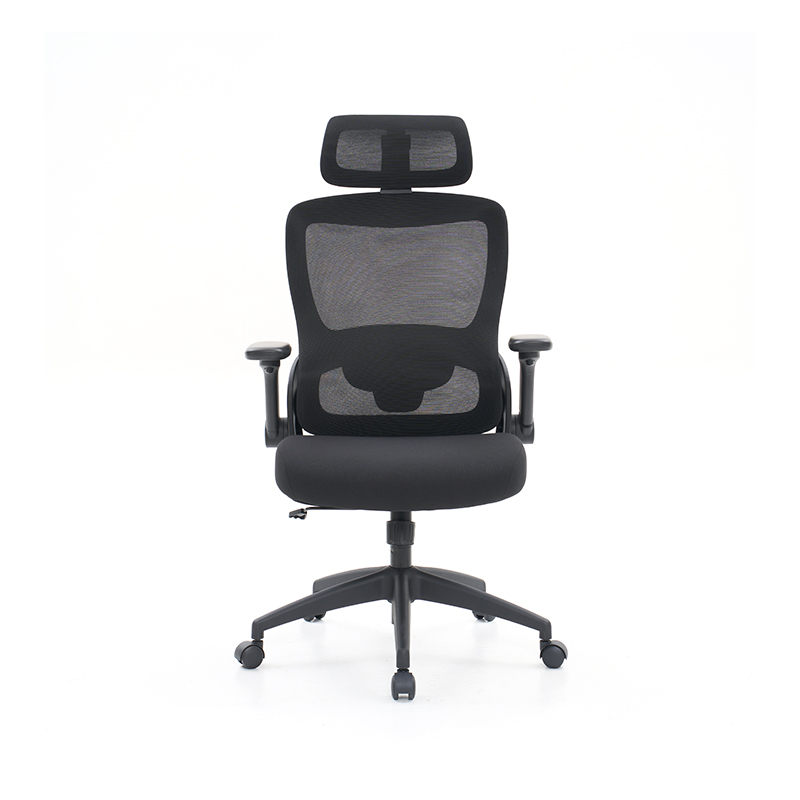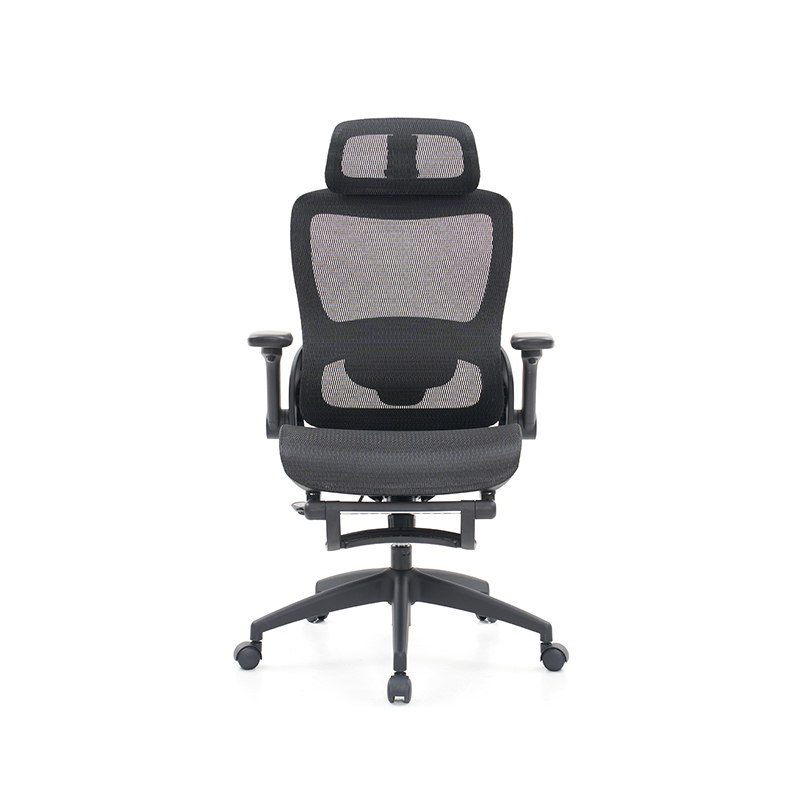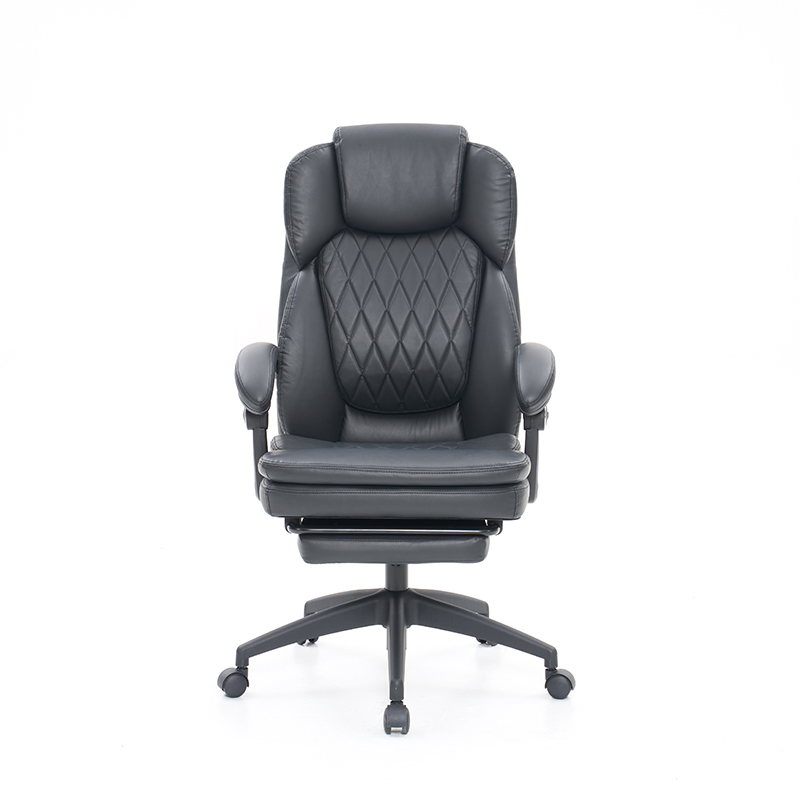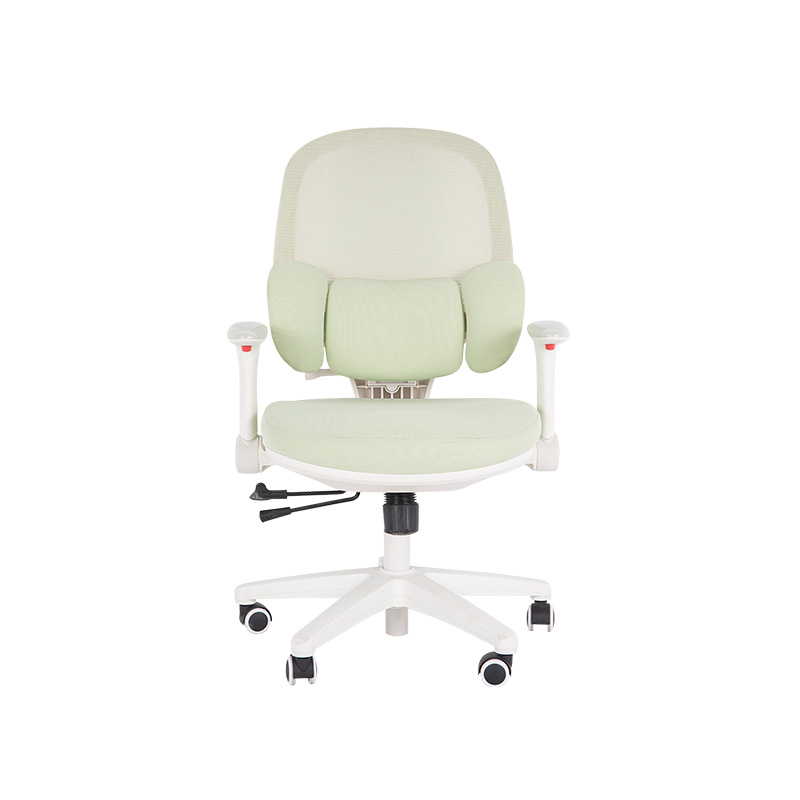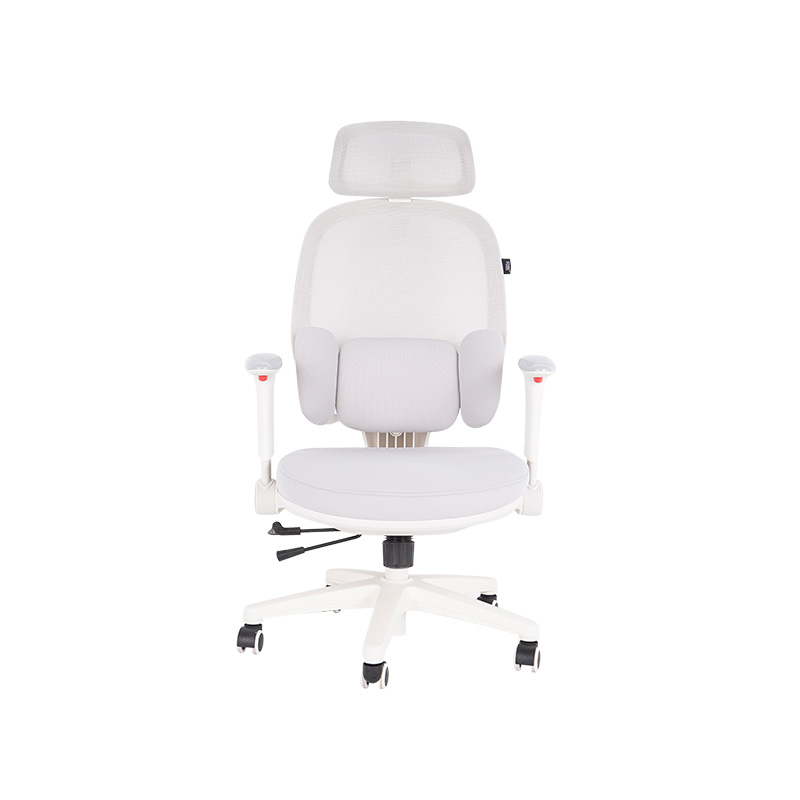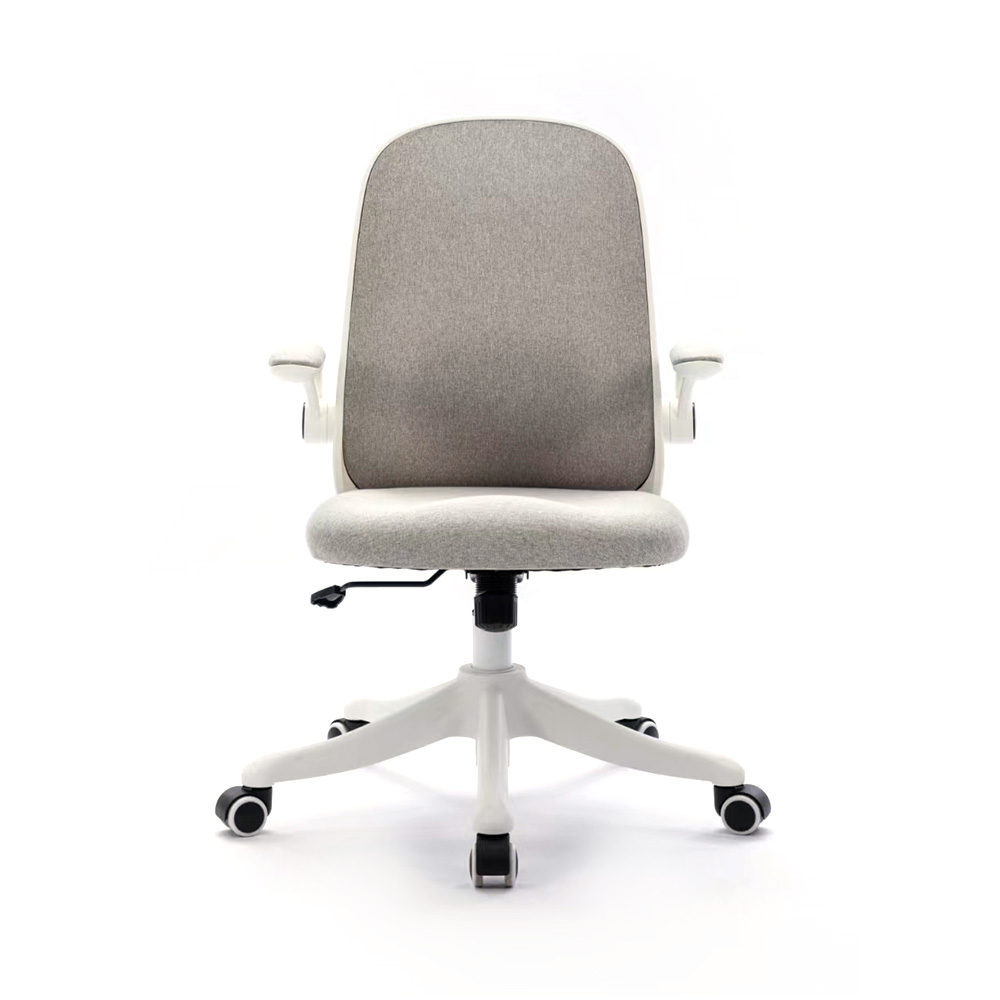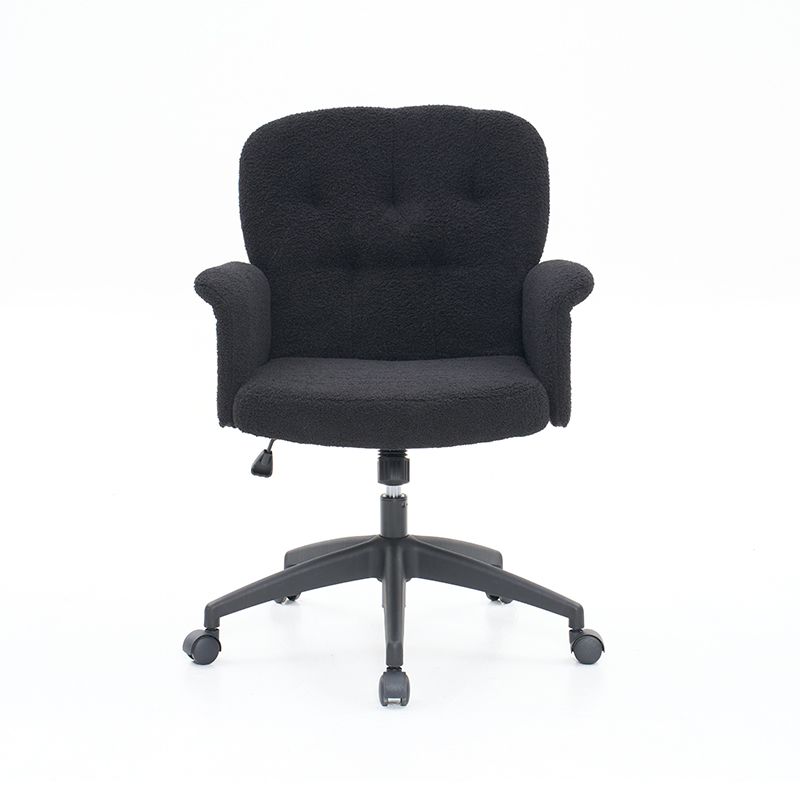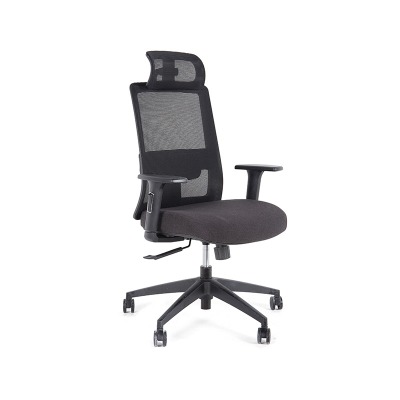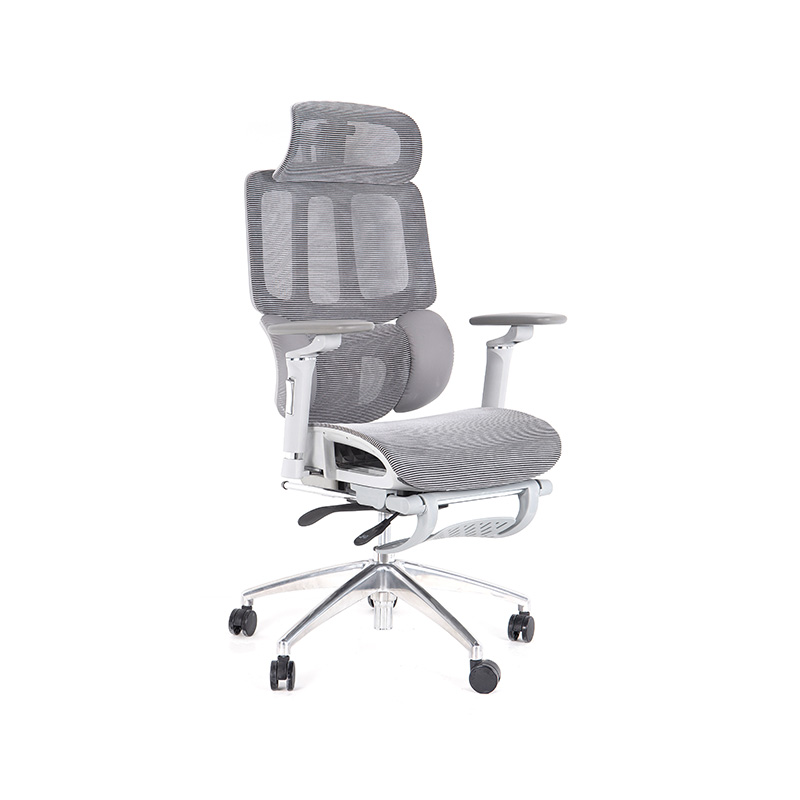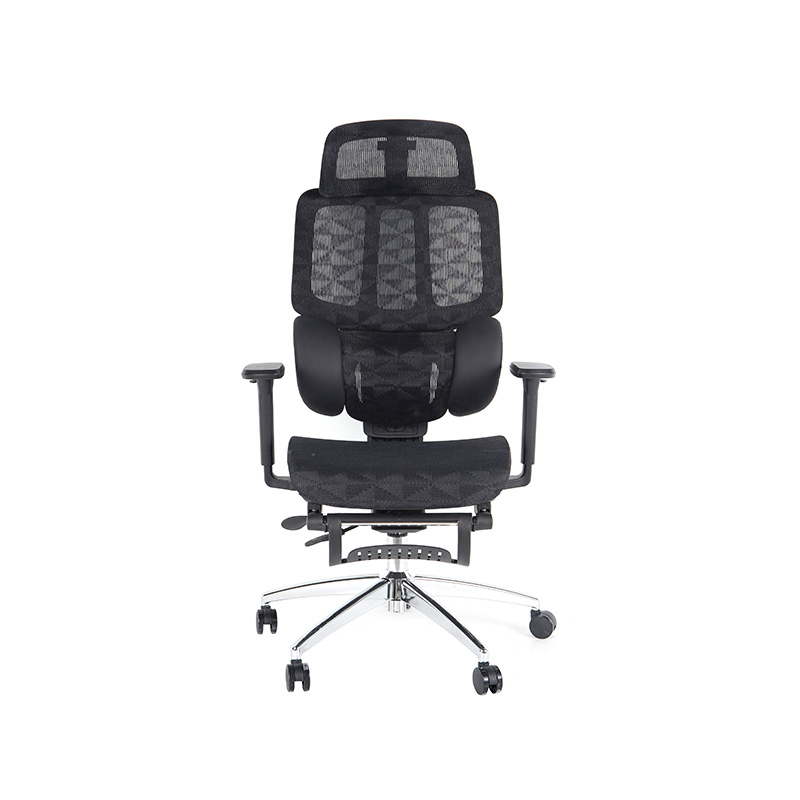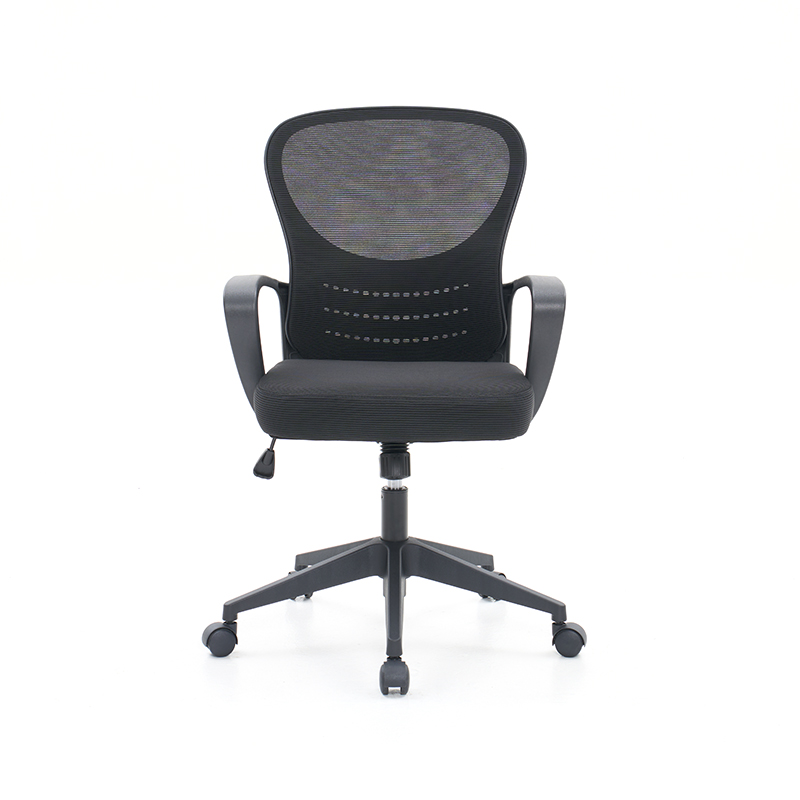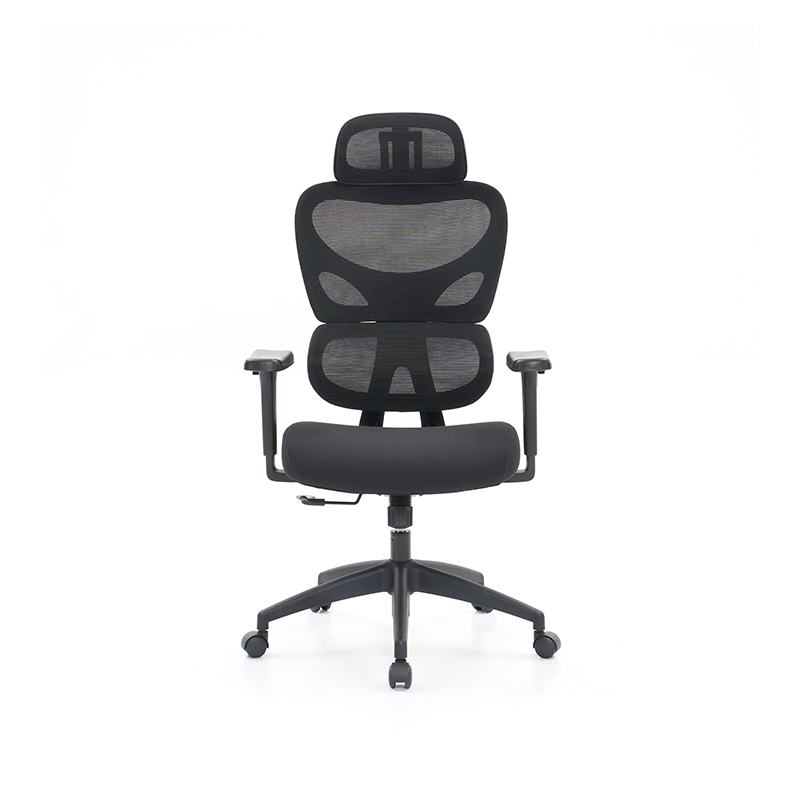Manager Chair: An Expert, No-Fluff Guide to Comfort, Ergonomics, and Daily Performance
Choosing a manager chair for long hours
Long stretches at a desk demand a manager chair that actively supports your body rather than merely padding it. When you sit beyond standard eight-hour windows, the small details compound: how the seat pan distributes pressure across your ischial tuberosities, how the lumbar region fills the natural lordotic curve, and how easily you can alternate between focused forward posture and a restorative recline. A well-designed chair encourages micro-movements that maintain circulation, prevents the pelvis from rolling posteriorly, and keeps the thoracic spine from collapsing as the day goes on. Look first at geometry, then adjustability, then materials; in day-long sessions, geometry consistently matters most because it sets the baseline that every adjustment is built upon.
Posture Mechanics That Reduce Fatigue
Healthy sitting begins with pelvic neutrality. If the seat pan tilts backward or the backrest pushes unevenly, you will tend to round your lower back and crane your neck forward to keep your eyes on the screen. To counter this, seek a backrest that follows your spine through the sacral area, not just the mid-lumbar region; this subtle cue helps your pelvis stay upright so your lumbar curve can be supported instead of flattened. A waterfall seat edge reduces pressure under the thighs and preserves venous return, which is especially important during multi-hour calls or spreadsheet marathons. Combine these features with a responsive tilt mechanism that lets you rock gently while typing; the motion keeps hip flexors from stiffening and maintains alertness without forcing you to stand up every few minutes.
Seat Foam, Seat Pan Depth, and Tilt Tuning
For prolonged sessions, medium-high density foam (or a responsive seat suspension) prevents bottoming out. Seat depth should allow two to three finger widths between the seat edge and the back of your knee; deeper than that and you compromise circulation, shallower and you remove thigh support. Tilt-tension should be set so that a gentle push from your feet moves you into recline without sudden drops, while still resisting enough to keep you stable when you lean forward to type. If you often alternate between writing and reviewing, a synchronous tilt that opens the hip angle as the backrest reclines is preferable to a basic center-tilt because it reduces shear on your lower back.
Actionable Checklist for Long Shifts
- Backrest that supports sacral area and the natural lumbar curve
- Seat depth adjustment or multiple size options to match leg length
- Waterfall edge and medium-high density foam or suspended seat
- Synchronous tilt with lockable positions and easy-to-turn tension knob
- Armrests that move at least height + width; pivot is a bonus for keyboarding
Practical Routine
Every 30–45 minutes, shift from a forward-lean “focus” posture to a light recline for one to two minutes. During calls, recline a few degrees and let the backrest carry the trunk; between meetings, stand briefly, roll shoulders, and reset the seat depth if you changed footwear. Over time these micro-habits, plus sound chair geometry, create a meaningful difference in how you feel by evening.
Evaluating a manager chair with adjustable lumbar support
Not all lumbar systems are equal; some are merely decorative. A truly supportive design will let you place the apex of the lumbar support roughly at the L3–L4 region while also controlling how firm that contact feels. If you cannot fine-tune height or depth, you may end up pressing into the wrong spot or feeling nothing at all, which encourages slouching as the body searches for support. The ability to raise, lower, and in some cases increase the protrusion of the lumbar pad is particularly valuable for teams where chairs are shared or for managers who shift between reading in recline and actively typing with a forward posture.
Types of Lumbar Mechanisms
- Fixed contour: relies on the backrest’s molded shape; clean and simple but least adaptable to different torso lengths.
- Height-adjustable band or pad: slides up and down to target your lumbar apex; suits multi-user environments and varying body types.
- Depth-adjustable pad: lets you dial firmness or protrusion; ideal if your lower back gets tired late in the day.
Fitting Process You Can Repeat
- Sit all the way back so your sacrum meets the lower backrest.
- Raise the lumbar element until its most pronounced point sits at your lumbar apex (roughly belt-line for many, higher for taller torsos).
- If depth is adjustable, start light and add firmness only until you feel gently “held,” not pushed.
- Lock one mild recline position for reading; unlock for typing to allow micro-movement.
Sentence-Level Comparison
A fixed backrest contour feels consistent and often looks minimal, yet a height-adjustable system adapts better when multiple people share the same chair, and a depth-adjustable pad provides the most precise support for users who experience fluctuating lower-back sensitivity across long workdays. In other words, fixed works when your body and posture are predictable, height-adjustable works when your team or tasks vary, and depth-adjustable works when comfort depends on day-to-day lumbar firmness.
When a breathable mesh manager chair Makes Sense
Thermal comfort is performance. If your back runs warm or your office lacks steady climate control, a ventilated backrest can be the difference between fidgeting and focusing. Mesh supports the back with a tensioned surface that allows air to pass freely, reducing the “hot spots” that accrue under foam and dense upholstery. However, not all mesh behaves alike. The knit, strand thickness, and frame geometry determine whether a mesh back feels pleasantly supportive or overly taut. Hybrid designs—mesh back with fabric or suspended seats—offer the breathability of mesh where it matters most while preserving the plush feel many managers prefer under the hips.
Comfort Trade-Offs vs. Fabric and Leather
Mesh typically breathes best and resists heat buildup, fabric tends to feel softer and more forgiving across the seat, and leather-style upholstery often provides the richest initial cushion with a slightly warmer feel. If you sit in a cool environment or prefer a smooth, cushioned contact, fabric or leather can feel more comfortable for the first hour; if you routinely work through long meetings in a room that warms up by afternoon, mesh will usually keep you more alert and less sticky. A balanced approach is to choose mesh for the back and a supportive, well-shaped fabric seat with a waterfall edge, so you get airflow without sacrificing seat comfort.
Specification Comparison Table
Below is a concise table that reflects the practical differences among common configurations. The narrative above explains the differences; the table distills them for quick scanning.
| Configuration | Thermal Comfort | Seat Feel | Maintenance | Best For | Potential Trade-Off |
|---|---|---|---|---|---|
| Full Mesh (Back + Seat) | Excellent airflow | Firm, springy support | Easy to wipe | Warm offices, long calls | Can feel taut on sit bones |
| Mesh Back + Fabric Seat | High at back, moderate at seat | Softer, cushioned seat | Vacuum/spot clean | Mixed climates, all-day use | Seat can retain some heat |
| Fabric Back + Fabric Seat | Moderate airflow | Softest overall feel | Regular cleaning needed | Cooler rooms, comfort first | Warmer in summer |
| Leather-Style Back + Seat | Lower airflow | Plush, smooth contact | Wipeable, condition occasionally | Executive suites, short bursts | Warmth buildup over hours |
Quick Climate Checklist
- If afternoon temperatures rise or you run warm: prioritize mesh back.
- If you value a cushy seat feel: consider mesh back + fabric seat.
- If the office is consistently cool: fabric or leather-style is acceptable.
Why a high back manager chair with headrest Helps Leadership Work
Managers often alternate between deep focus, video calls, and strategy sessions. A high backrest supports the thoracic region during recline, and a well-placed headrest maintains neutral cervical alignment when your gaze elevates to a second monitor or camera. Without that support, many people subconsciously jut their chin forward or shrug the shoulders to hold the head, which multiplies strain across the upper trapezius and the suboccipital muscles. The right headrest should meet your head—never push it forward—and it should move enough to match different reclining angles so you are not forced to hold your neck while reading or presenting.
Headrest Geometry and Adjustments
- Height: should reach the base of the skull, not the mid-neck, to avoid pressure on cervical vertebrae.
- Depth: fine control prevents the head from being pushed forward; aim for “contact without shove.”
- Tilt: small angle changes align the headrest with your gaze when you recline for reading or calls.
Sentence-Level Comparison
A mid-back chair encourages upright typing posture but provides little support in recline, whereas a high backrest stabilizes the upper spine so you can rest without slouching, and adding a headrest further reduces neck muscle loading during long meetings. In practice, mid-back works for short bursts and compact spaces, high-back works for balanced typing and reading, and high-back with headrest works best for extended calls and periodic deep recline.
Setup Flow for Video Days
- Raise the headrest until it contacts the base of the skull when reclined 10–15 degrees.
- Adjust depth so contact is gentle; you should be able to nod slightly without resistance.
- Angle the headrest so your gaze meets the camera horizontally; avoid neck extension.
How to Pick an affordable ergonomic manager chair Without Regret
Budget-conscious managers often face a dilemma: compromise on ergonomics or stretch the budget. Fortunately, with a structured checklist, you can identify chairs that deliver true ergonomic benefits without overspending. The key is to focus on essentials—geometry, adjustability, and durability—while avoiding cosmetic extras that don’t impact comfort or performance. A good value chair should feel supportive after several hours, hold its structure for years, and include a warranty that signals the manufacturer’s confidence.
Value-Oriented Checklist
- Seat & Back Geometry: prioritizes neutral pelvic position and full back support over flashy styling.
- Adjustability: seat height, recline tension, and at least height-adjustable armrests are must-haves.
- Lumbar Support: even a simple height-adjustable band can prevent fatigue if positioned correctly.
- Warranty: minimum of 2 years; 3–5 years preferred for mechanisms.
- Material Choice: mesh for breathability, fabric for softness, or hybrid for balance.
Comparison Table: Affordable vs. Premium
| Feature | Affordable Ergonomic Chair | Premium Ergonomic Chair |
|---|---|---|
| Seat & Back Geometry | Basic lumbar curve, decent seat foam | Advanced spinal contouring, multi-density foam |
| Adjustability | Seat height, recline tension, simple arms | Multi-directional arms, seat depth, synchronized tilt |
| Lumbar Support | Fixed or height-adjustable only | Height + depth adjustable, sometimes dynamic |
| Materials | Mesh back + fabric seat (common) | Hybrid suspension, leather options, advanced mesh |
| Warranty | 2–3 years typical | 5–12 years typical |
| Price Range | $150–$350 | $600–$1,500+ |
An affordable ergonomic manager chair doesn’t need to mimic luxury models. Instead, it should get the fundamentals right: proper back geometry, at least basic lumbar adjustability, durable materials, and a credible warranty. By filtering options through a structured checklist, you avoid paying for cosmetic extras while still securing a chair that supports productivity, posture, and comfort through long days. True value means fewer compromises where they matter most—your health and performance.
Contact Us

 English
English 中文简体
中文简体 عربى
عربى




